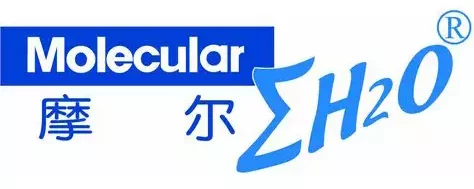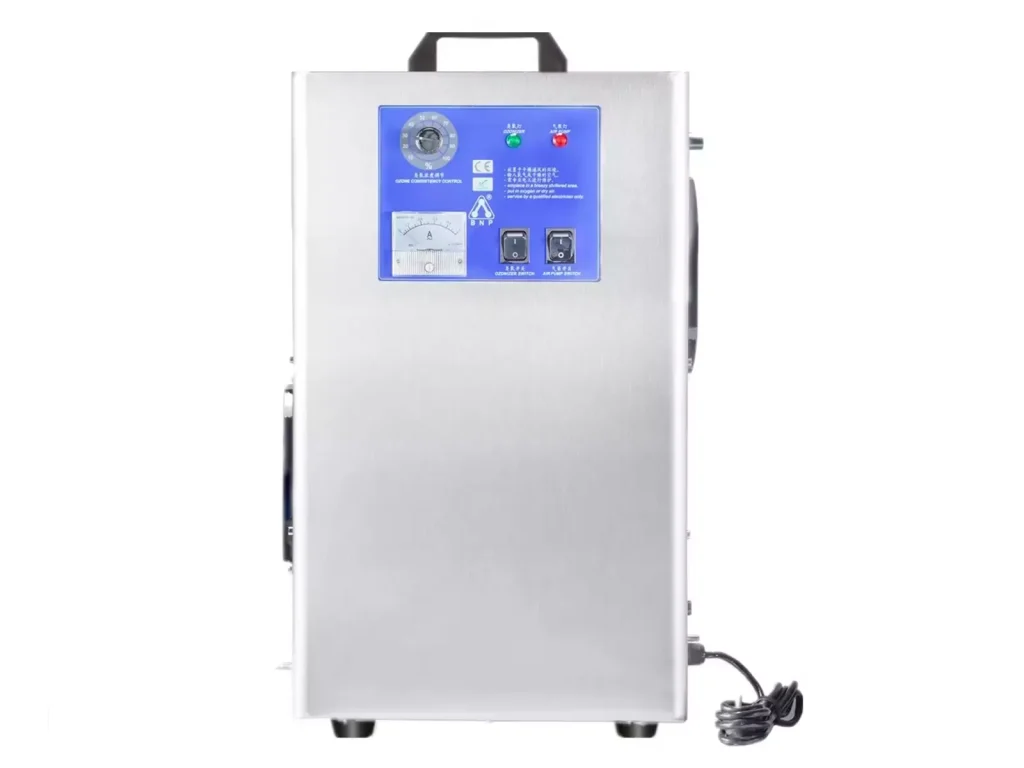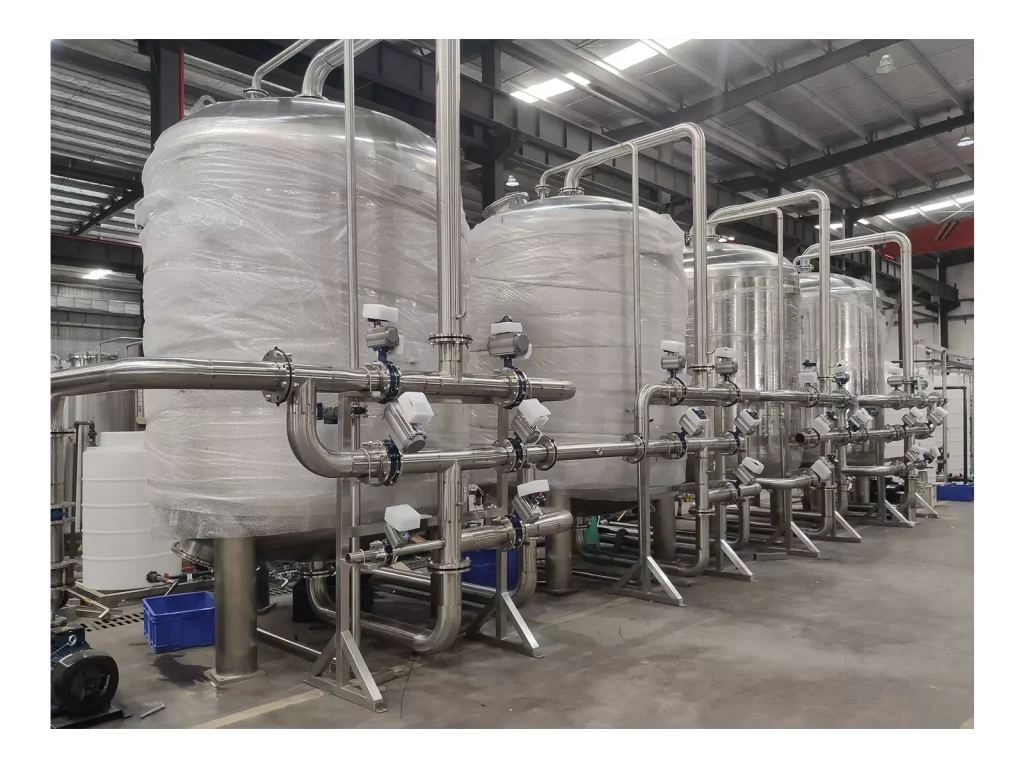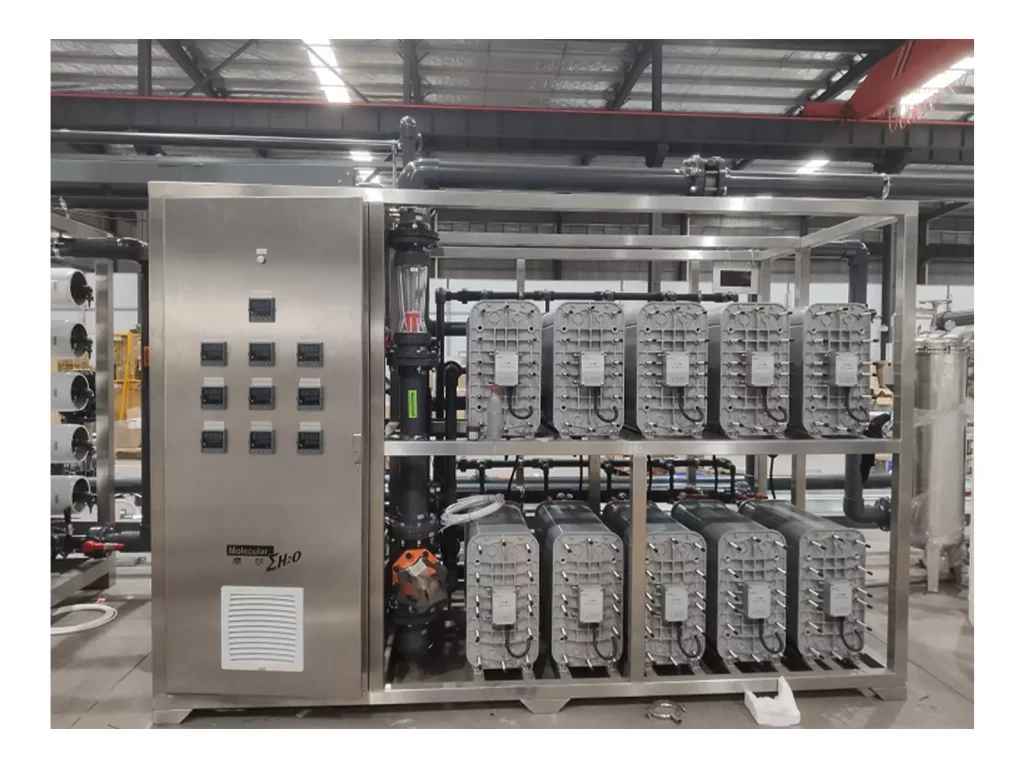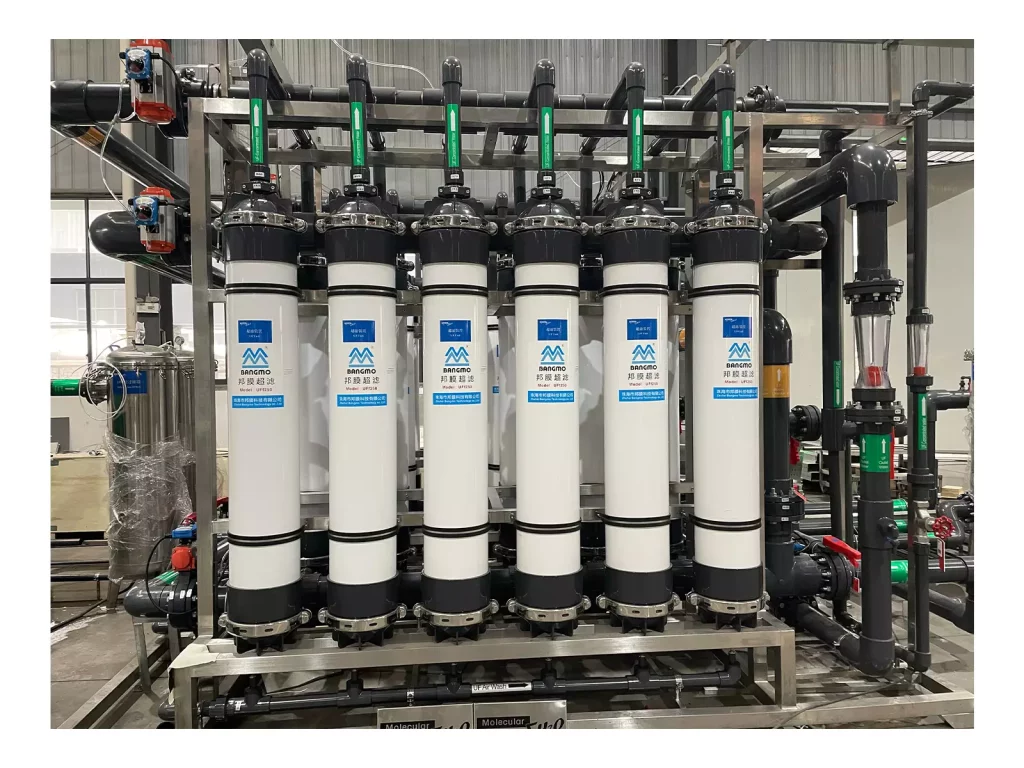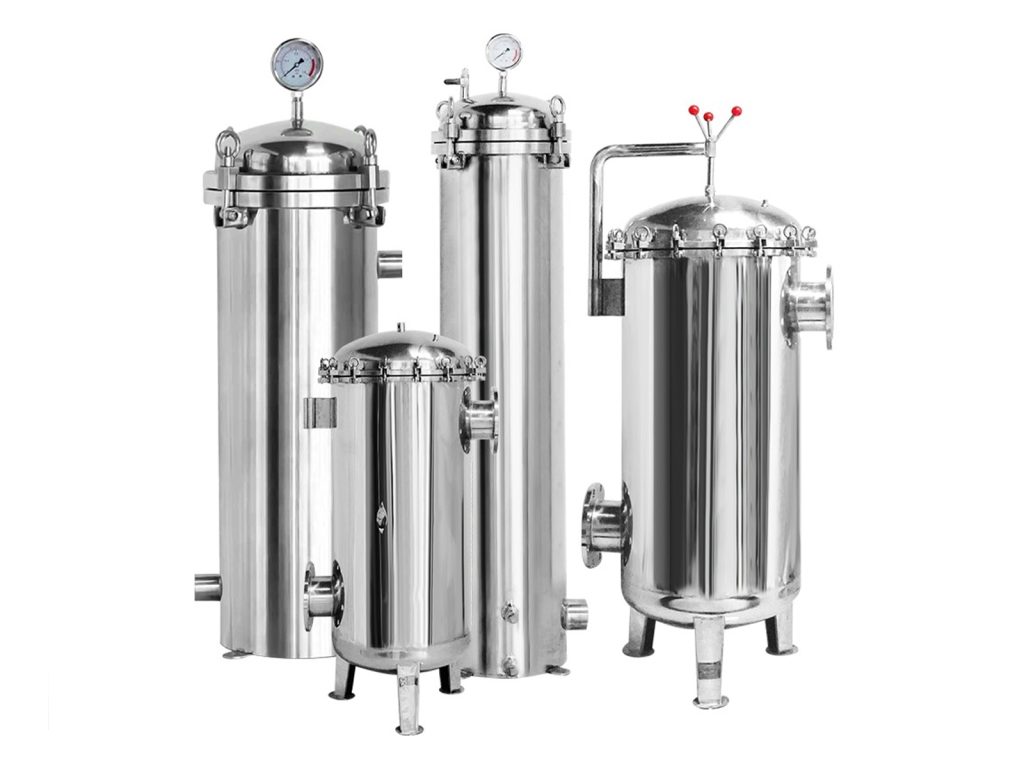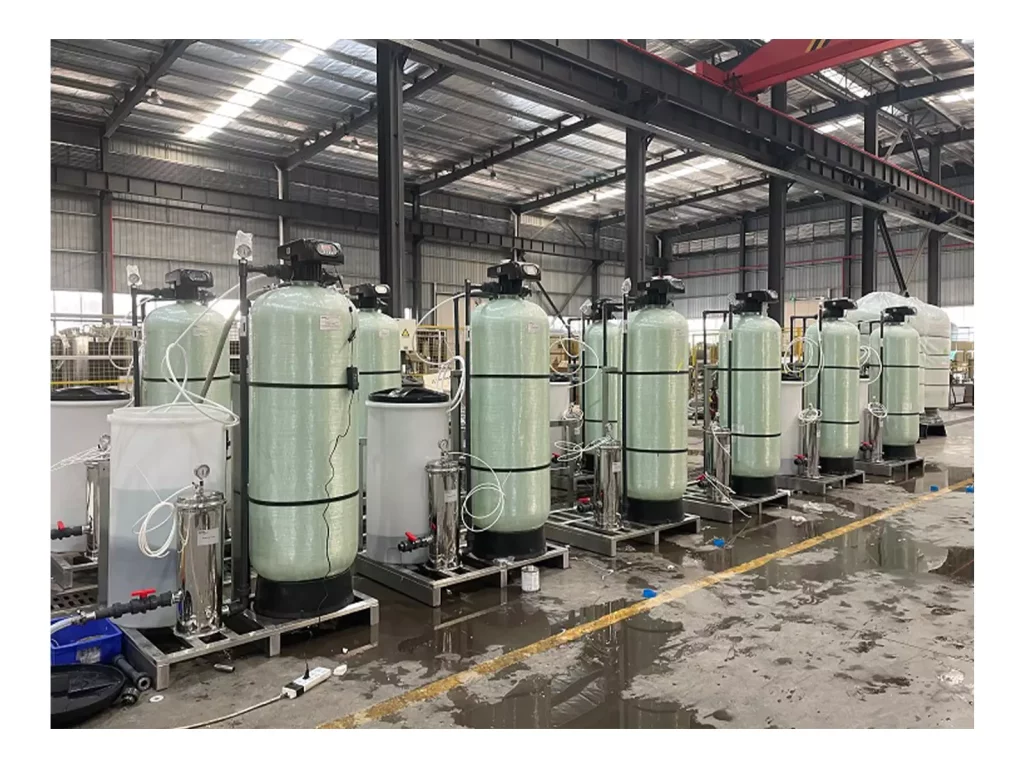Reverse osmosis (RO) systems have become the core water treatment method in many industries. From drinking water supply to food and beverage production, from medical laboratories to industrial manufacturing, the role of RO systems is irreplaceable. However, many enterprises only focus on the regular replacement of filter elements during maintenance, but neglect the sanitization inside the system.
The problems behind this are often not to be underestimated. After long-term operation, water storage tanks and pipelines may breed bacteria and microorganisms, forming invisible biofilms. Once the water quality has an unpleasant smell or the indicators exceed the standard, it will not only affect the experience of end users, but also may trigger compliance risks and after-sales disputes. For B-end users who need to ensure high-quality effluent, sanitization is not an additional option, but a necessary step to guarantee the stability of the equipment and the safety of water quality.
In other words, regular sanitization is not only a need for technical maintenance but also a guarantee of customer trust and brand reputation.
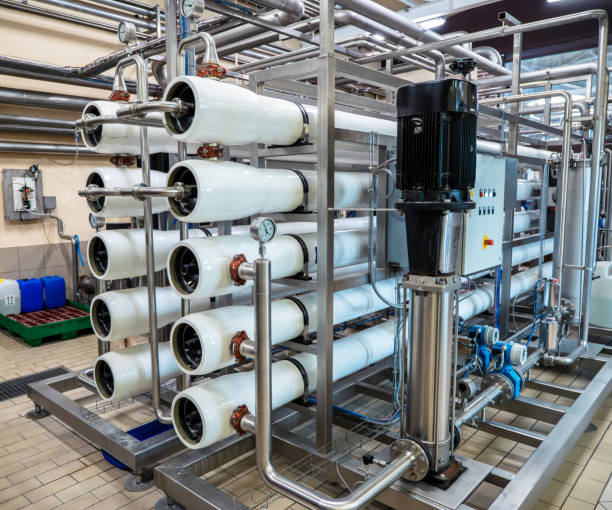
What Is a Reverse Osmosis System?
Reverse osmosis is a purification process that separates dissolved impurities from water molecules through semi-permeable membranes. The core lies in using pressure to push water through extremely fine membrane pores, thereby removing heavy metals, bacteria, salts and other pollutants. It is precisely because of its extremely high filtration accuracy that RO systems are often applied in fields with strict water quality requirements.
A complete RO system typically includes:
- Pre-treatment unit: Remove large particles such as sand and rust to protect the back-end components.
- Reverse osmosis membrane unit: Filters out the vast majority of dissolved salts, heavy metals and harmful substances.
- Water storage and post-treatment: Store pure water and improve its taste or meet specific process requirements through activated carbon.
For enterprise users, understanding the RO system is not only about knowing “how to produce water”, but also laying a cognitive foundation for subsequent maintenance and sanitization. Only by clarifying the operating principle of the system can we achieve targeted sanitization rather than just going through the motions.
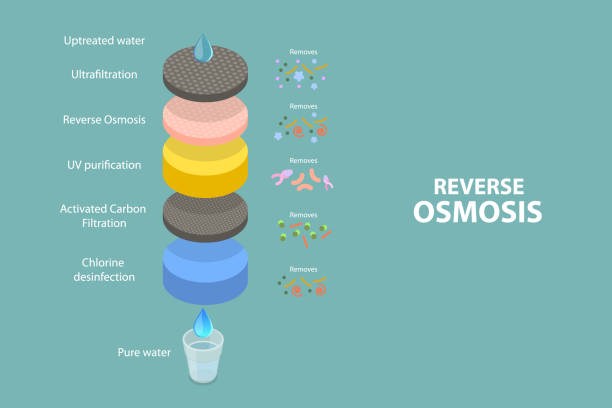
How Does a Reverse Osmosis System Operate?
The operation logic of the RO system can be summarized as separation and discharge. Under pressure, water molecules pass through the membrane layer to form product water, while impurities that do not pass through will be discharged from the system along with the concentrated water. It is precisely for this reason that the system needs to have both a production water pipeline and a concentrated water discharge pipeline simultaneously.
During this process, water storage tanks and connecting pipes often become potential hygiene risk points. They are in a closed environment. If not properly maintained, microorganisms may grow and multiply in it. For commercial systems that are frequently used, this risk is even higher. Therefore, understanding the operation process helps enterprises recognize that sanitization is not merely about “cleaning the appearance”, but a core step to ensure the safety of the entire waterway.
Does The Reverse Osmosis System Waste Water?
Many enterprises raise a question during the procurement or usage process: Why does the RO system produce wastewater? In fact, wastewater is not a “waste”, but rather the result of the stable operation of the system. Concentrated water plays a role in carrying impurities out of the system; otherwise, the membrane elements will clog rapidly and the water quality will lose its guarantee.
The proportion of wastewater in different systems varies due to membrane model, operating pressure and raw water quality. For enterprises, what is more important is how to balance water production efficiency and maintenance costs. For instance, some users will use the wastewater for equipment cleaning or secondary utilization, thereby reducing the overall operating costs.
It needs to be emphasized here that the wastewater issue is as important as the sanitization issue. The former affects operating costs, while the latter directly determines water quality safety. Many enterprises, while focusing on efficiency, often overlook the significance of sanitization, which is precisely the source of potential risks.
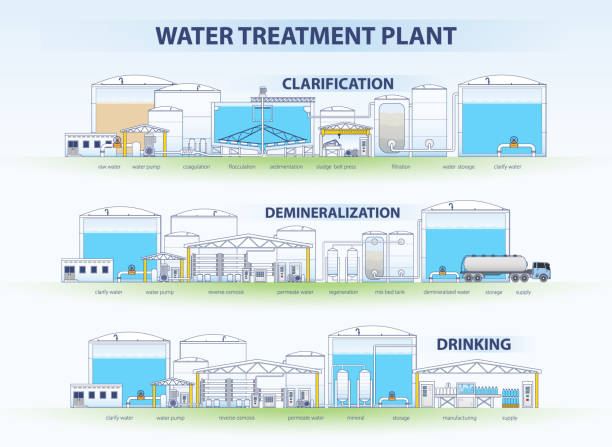
Why Is It That Merely Replacing The Filter Element Is Not Enough To Ensure Water Quality?
The replacement of filter elements is an important part of the daily maintenance of RO systems, but it only addresses the issue of “aging of the filter medium”. After the filter element is replaced, the new filter layer can remove particles and some impurities, but it cannot eliminate the bacteria and sediment that have accumulated inside the pipeline and water storage tank.
During long-term operation, these hidden dangers will gradually emerge:
- The effluent has an unpleasant smell, which affects the drinking experience or the process requirements.
- Excessive microbial count brings compliance risks.
- Biofilms adhere to the pipelines, reducing the system efficiency.
This is also the reason why many enterprises still find that the water quality has not improved after replacing the filter element. The core of the problem lies in the lack of regular sanitization within the system.
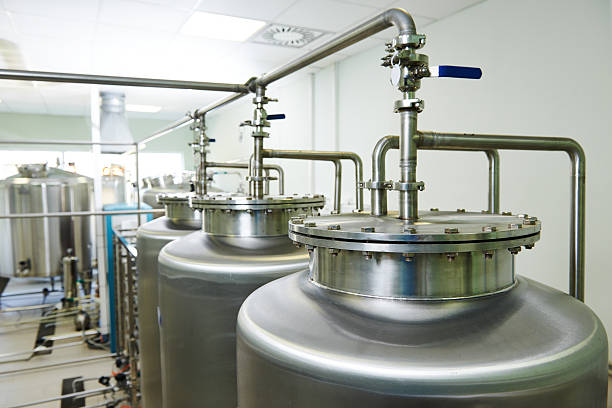
How To Sanitize a Reverse Osmosis System?
The sanitization of the RO system is not complicated, but it must be carried out strictly in accordance with the standard procedures to avoid secondary damage to the equipment and water quality. The following steps are typically applicable to commercial and industrial systems:
- Shutdown and water cut-off: Close the water inlet valve and power supply to ensure operational safety.
- Remove the filter element and membrane element: Avoid the disinfectant from damaging the precision components.
- Prepare the disinfectant: Commonly used diluted bleach or disinfectant that meets food-grade standards, and configure it according to the system capacity.
- Injection and circulation: Inject the disinfectant into the system and let it stay in the pipelines, water storage tanks and valves for 20 to 30 minutes to ensure the sterilization effect.
- Thorough flushing: Flush the system multiple times until the water flow is clear and odorless to prevent disinfectant residue.
- Resumption of operation: Reinstall the filter element and membrane element, and the system resumes normal water supply.
This process may seem conventional, but for B-end users, its value lies in reducing after-sales risks, ensuring stable water quality, and extending the lifespan of equipment. A standardized sanitization process is one of the core capabilities for enterprises to ensure long-term operation.
The Difference Between Cleaning And Sanitization
In operation and maintenance practice, cleaning and sanitization are often misunderstood as the same thing. In fact, the purposes and methods of the two are not the same:
- Cleaning: Remove sediment, scale and impurities, mainly to improve flow rate and operational efficiency.
- Sanitization: Kill bacteria and microorganisms in pipelines and water storage tanks to ensure water quality safety.
If only cleaning is carried out without sanitization, there may still be a risk of excessive microorganisms in the effluent. If only sanitization is carried out without cleaning, the operational efficiency of the system will gradually decline. Therefore, cleaning and sanitization must be combined to truly achieve the dual goals of safety and stability.
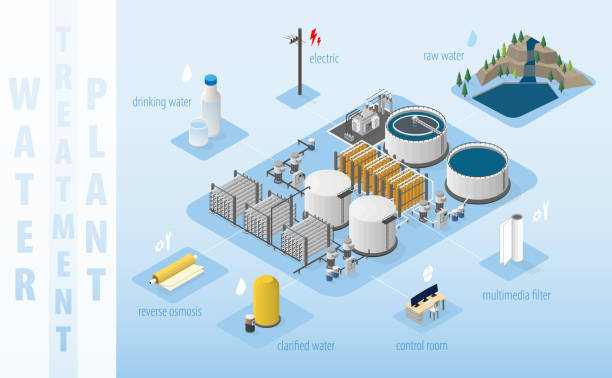
Suggested Maintenance Cycle
The maintenance cycle of the RO system should vary in different scenarios:
Filter element replacement: Generally every 3 to 12 months, depending on the quality of the raw water and the usage volume.
System sanitization: It is recommended to do it at least once a year. If it is applied in high-standard industries such as food, medical care or laboratories, the cycle should be shortened and the frequency increased.
Formulating a scientific maintenance plan can not only reduce sudden downtime and maintenance costs, but also enhance the satisfaction of end customers. This is a dual guarantee of operational efficiency and customer trust for B-end enterprises.
Final Thoughts
Sanitization is not an optional step but a prerequisite for the long-term stable operation of reverse osmosis systems. For enterprise users, regular sanitization means compliance, safety and customer trust. Lack of sanitization may lead to quality complaints, equipment wear and tear and brand risks.
A standardized sanitization process and a periodic maintenance plan can help enterprises reduce operational risks, alleviate after-sales pressure, and continuously and stably provide water quality that meets standards. In an increasingly competitive market environment, such professional operation and maintenance capabilities are precisely the key to enhancing customer satisfaction and maintaining long-term cooperation.
